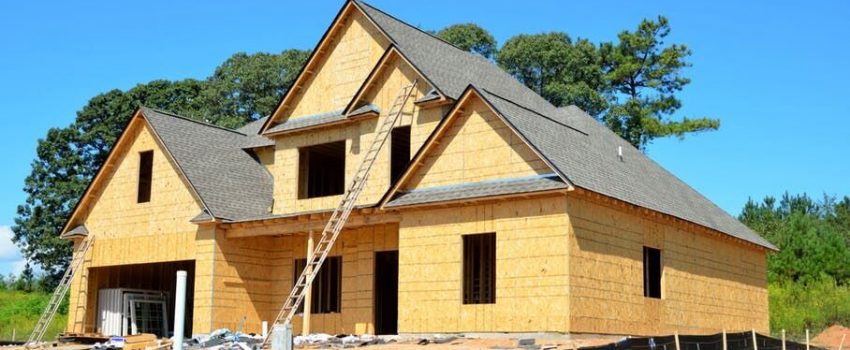As seismic retrofit programs on the West Coast begin a new phase of migrating from voluntary programs to mandatory programs, lenders, investors, and landlords are scrambling to understand what these programs demand of them.
The first thing that needs to happen is identifying properties in a specific portfolio to determine which will need retrofitting. Los Angeles offers a link online that list properties which will require mandatory retrofitting. Los Angeles provides a map of properties in specific areas that have been scheduled for retrofitting.
Lenders in California will have to research (a) the extent of their exposure , (b) which properties require retrofitting, and (c) the timeline for completion of the retrofit. Upon identifying any properties that need retrofitting, lenders should inquire with the property owners concerning their process for completing the required construction.
Learning what is expected from the property owner, is an excellent way to determine the amount of financing they will need to complete the project.
Typically, a full site inspection needs to be done by lending personnel to see first-hand what needs to be accomplished. Inspectors will generally make a checklist of items that fall in line with retrofitting requirements and the timeline for completion. Knowing the schedules imposed by the relevant retrofit program is important when factoring when financing will need to be in place, and when construction needs to begin to meet those mandatory deadlines.
Once a property is verified for seismic retrofitting, and the lender has identified what mitigation needs to take place, lender should design a financing package around it, where the cost of mitigation is built into the overall loan package.
The calculation to determine the cost of mitigation would include the total cost of construction, plus the engineering cost, as well as a margin, if possible, which will provide some breathing room during the construction process.
Besides determining the amount required to cover the cost of mitigation, the lender should obtain a draw schedule from the owner, or the contractor, to determine the timing and amount of advances required to pay the cost of the retrofit. Since most seismic projects will be on a tight timeline, it is expected that the engineering firm will require a substantial payment to begin the first phase.
Lender should monitor the retrofit in order to determine whether the draw schedule and construction schedule are synching, as well whether all conditions for advances have been met. It is advisable for a lender, especially one that is not familiar with construction and retrofit requirements, to consult with a developer or contractor that has experience with these projects concerning the draw schedule, construction schedule, inspections, and compliance with funding conditions.
Outside of being mandatory in nature, retrofit related construction and lending should be approached like other construction loans. Some key considerations include:
1. Require an Assignment of the Construction Contract, Plans, and Permits. The assignment allows the lender, in the event of default and foreclosure, to continue working with the contractor.
2. Obtain Title Endorsements. Lender should obtain endorsements protecting the lien position of the recorded deed of trust, as well as increasing the insured amount by the amount advanced.
3. The Loan Documents Should Protect Lender. The loan documents should provide the Lender broad discretion in making advances to make advances following a draw request. In addition, the loan documents should require Borrower to comply with construction deadlines established in the loan documents, as well as ensure compliance with applicable state and federal laws concerning construction and the release and/or handling of hazardous materials at the property.
Although retrofit loans are substantially similar to other construction loans, their requirements will vary from state to state, county to county and city to city. Before making a retrofit loan it is essential to identify and understand all state and local laws regarding the financing and completion of these projects. Staying on top of applicable law and regulations, as well as closely monitoring the project and the players involved, will reduce the chances of default and increase the likelihood that the project will be a success.






